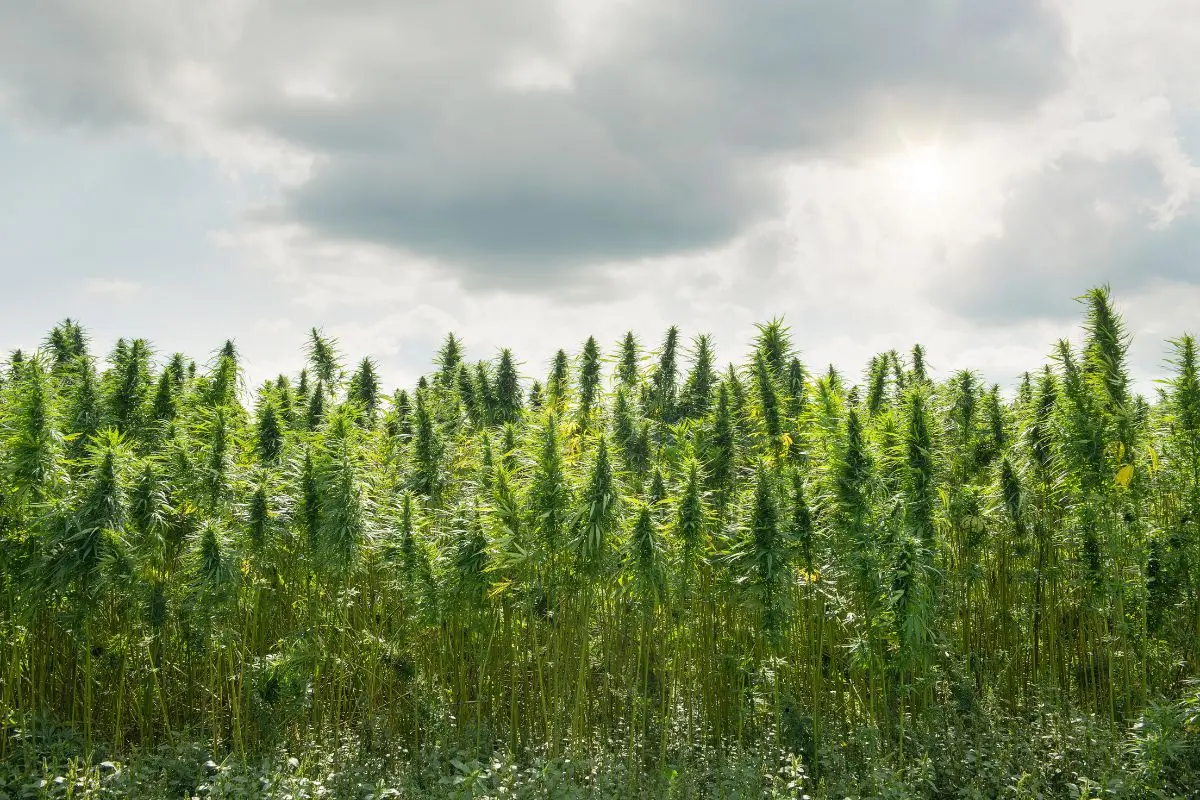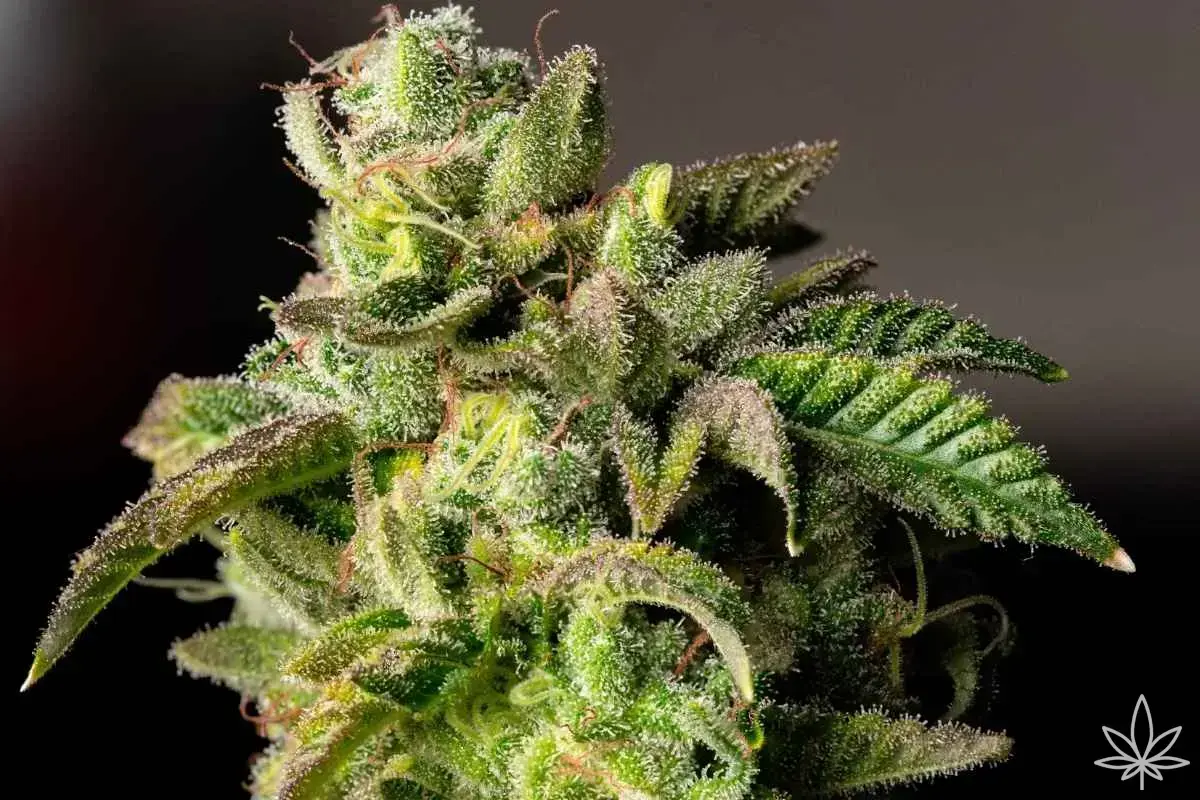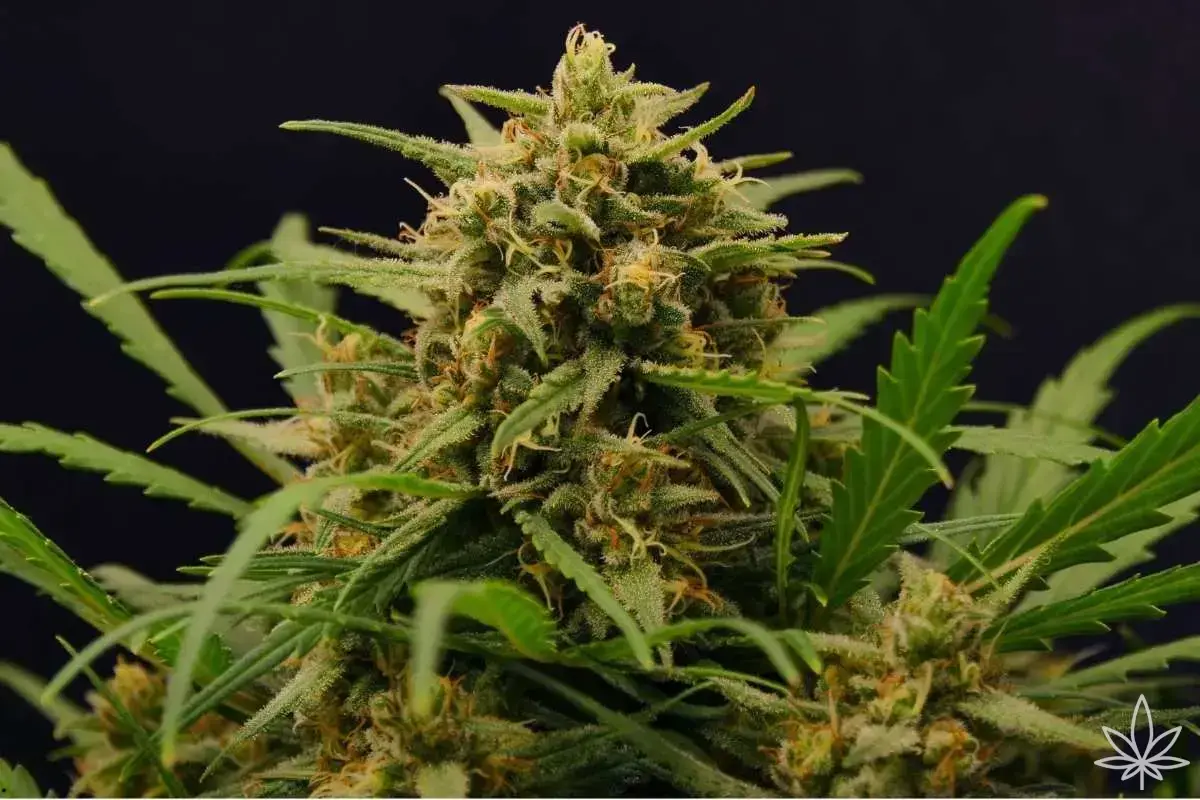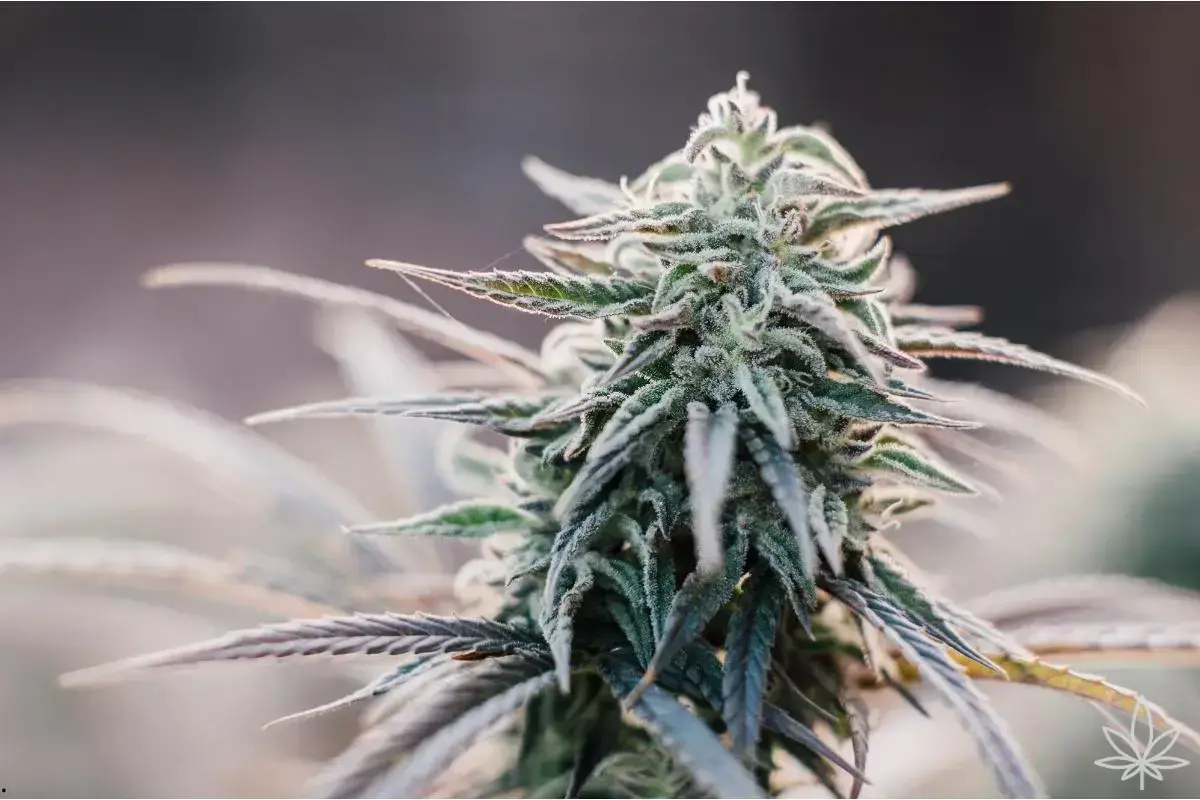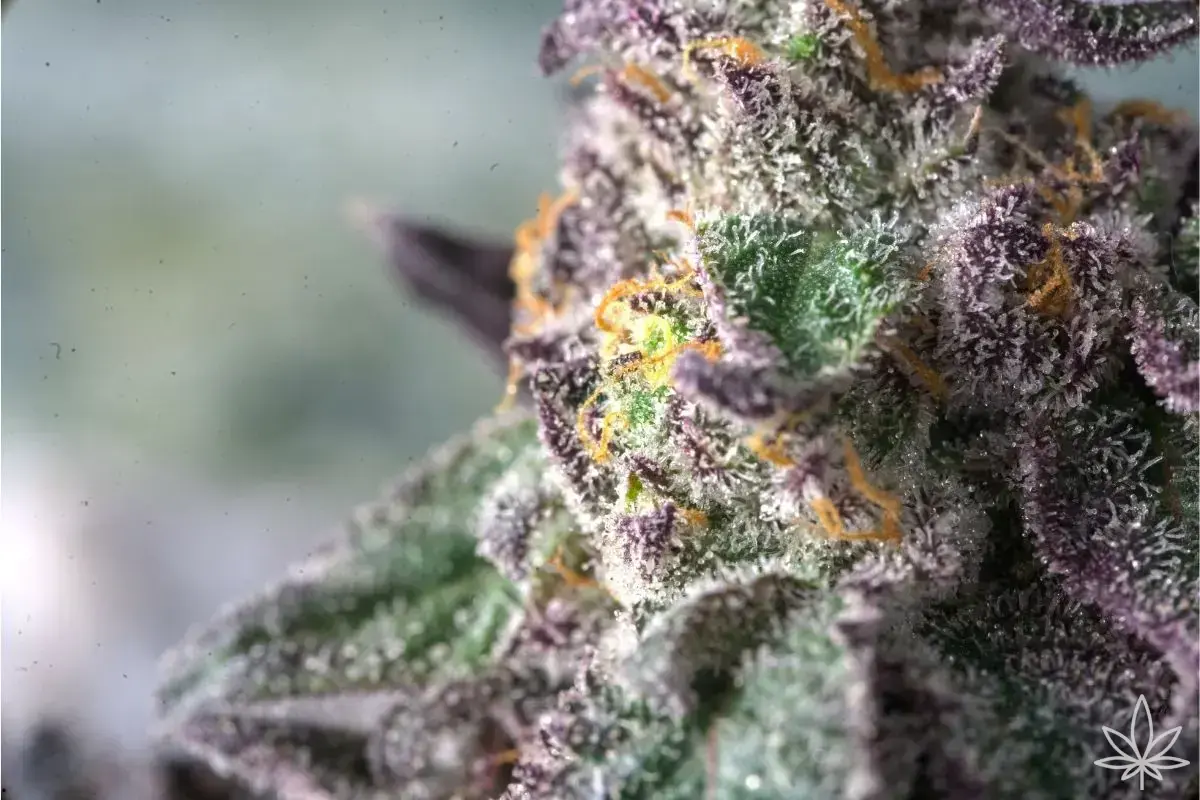In the cannabis world, choosing a strain is a bit like talking about cars — everyone has their favorites, everyone uses different criteria, and the final choice often mixes cold calculation with a touch of personal attachment. But when deciding whether to grow your plants indoors or under the open sky, the criteria become more objective. Environmental conditions set the rules, and certain strains are simply more comfortable in one setting over the other.
Indoor and outdoor cultivation are two different philosophies. Indoor growing allows you to control almost every aspect of the plant’s life — from temperature and humidity to day length and light intensity. It’s like training an athlete in a high-tech gym: the plant gets exactly what it needs at the perfect time. Outdoor growing, on the other hand, follows nature’s rhythm, with its whims, changing weather, and the natural cycle of the seasons. Here, the plant is more of an adventurer — it must rely on resilience and adaptability.
Indoor strains often have a compact structure, shorter flowering cycles, and dense, heavy buds. In confined spaces, every centimeter counts, so growers lean toward plants that stay bushy rather than shooting up to the ceiling during the stretch. Classics like Northern Lights, White Widow, and Girl Scout Cookies have long been favorites for indoor setups — easy to control, predictable in growth, and rich in terpene profiles. Indoors, photoperiod strains with indica dominance are often preferred, as they mature faster and make better use of limited space.
Outdoor strains, on the other hand, tend to have greater tolerance for fluctuating conditions, handling cool nights, wind, and humidity swings with ease. Many have sativa-dominant genetics, which give them natural resistance to mold and pests, as well as the ability to grow to impressive sizes. Durban Poison, Amnesia Haze, and Early Skunk are examples of varieties that, under full sun, can develop into towering garden giants, producing several times the yield they would indoors. Outdoors, longer-flowering hybrids can shine — plants that might be too demanding for indoor schedules but have the time and space to reach their full potential outside.
It’s worth noting that the decision isn’t just about where you grow, but also where the strain was bred. Breeders often tailor genetics specifically for indoor or outdoor conditions. “Indoor” phenotypes may be more susceptible to mold because good ventilation in controlled environments makes it less of a problem. Outdoor types, on the other hand, can survive weeks of rain without compromising flower quality.
Climate also plays a major role. In temperate regions like Poland, not all outdoor strains will finish ripening before autumn’s dampness and falling temperatures arrive. That’s why autoflowering strains are so popular — they enter the flowering stage regardless of day length and can be ready for harvest within a few months of germination. Auto Mazar, Auto AK-47, and Auto Blueberry are examples that handle open-field conditions well and finish before the risk of autumn mold sets in.
Finally, many experienced growers don’t pick just one path. They run indoor and outdoor grows side by side, testing how the same strain behaves in different environments. The differences can be surprising — the same strain might produce heavy, resinous buds with an intense aroma indoors, while outdoors it grows looser flowers but develops a broader terpene profile.
Choosing the best strain for indoor or outdoor growing is not only a technical decision but also part of a broader cultivation strategy. It’s about working with nature rather than against it — whether in a sealed grow tent or out in the open field, where the plants can look straight into the sun.

